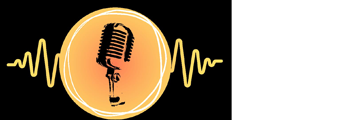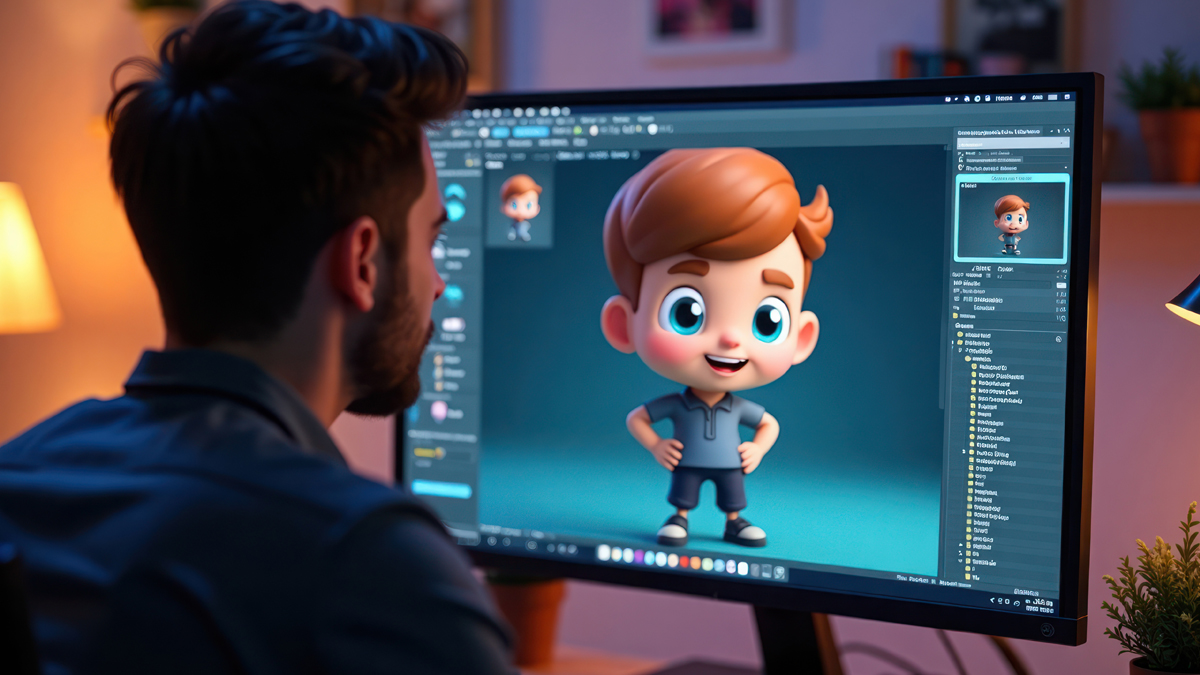Animation and 2D tools and softwares are creative applications that let artists design, rig, and animate drawings across film, television, games, learning content, and social media. They blend drawing engines, timelines, layers, cameras, and export pipelines so scenes can be planned, staged, and delivered with consistent quality. Workflows range from pure frame by frame drawing to cutout rigs driven by bones and deformers. Many apps integrate painting, compositing, and sound reference to speed up production. This guide curates options for learners and professionals using the Top 10 Animation and 2D Tools and Softwares List as a structure that balances accessibility, depth, and skills growth.
I. Adobe Animate
Adobe Animate is a versatile 2D suite focused on vector animation for web, broadcast, and games. Its drawing tools, symbol based rigging, and motion tweens let beginners build smooth scenes without heavy manual inbetweening. Advanced users layer timelines, nested symbols, and easing for polished results. Integration with Creative Cloud enables asset exchange with Photoshop and Illustrator. Publishing targets include HTML5 Canvas, WebGL, and video formats, so projects move from browsers to platforms with minimal friction. Camera pans, audio syncing, and sprite sheet export round out a practical pipeline for teams that need reliable delivery schedules.
II. Toon Boom Harmony
Toon Boom Harmony is a studio standard for hybrid workflows that combine cutout rigs with frame by frame drawing. The node view organizes compositing, effects, and reuse across shots so teams can scale seasons with confidence. Deformers, inverse kinematics, and master controllers create expressive rigs that stay production ready. Paperless drawing feels natural, and advanced color management preserves palettes across episodes. Harmony links cleanly with Storyboard Pro, layout tools, and editorial for efficient turnovers. It supports 2D and 2.5D camera moves, particles, and lighting, giving productions a broad style range while keeping predictable render times.
III. TVPaint Animation
TVPaint Animation focuses on bitmap drawing that emulates traditional media while offering modern timeline control. Artists paint directly with textured brushes, onion skins, and custom panels that speed repetitive tasks. Because it is raster first, TVPaint excels at tactile strokes, smears, and watercolor looks that vector tools struggle to match. The layer stack supports effects, masks, and hold poses for economical timing. Flipbook playback stays responsive, even on long scenes. For layouts and story poses, perspective grids and rulers provide accuracy. Studios choose TVPaint when they want handcrafted qualities with efficient production tracking and clean delivery formats.
IV. Clip Studio Paint
Clip Studio Paint began as a comics tool and matured into a strong 2D animation app with excellent drawing comfort. The timeline supports multiple cels, light table references, and fine control over timing. Vector lines edit cleanly with control points, while textured brushes and blending modes suit painterly styles. Asset libraries, perspective rulers, and 3D mannequins accelerate layout and posing. Color tools, gradients, and halftone options make it friendly for manga and stylized projects. Export to animated GIF, MP4, or image sequences integrates with editors and compositors, keeping small teams agile from rough keys to final shots.
V. OpenToonz
OpenToonz is a capable open source successor to a proven production platform, adopted by many studios and schools. It blends vector and raster drawing with a node based effects system for compositing and color styling. The Toonz raster format produces crisp lines that respond to pressure while remaining editable. Auto inbetweening, scanning modules, and palette linking improve throughput across episodes and shorts. OpenToonz supports scripting and community plugins, so pipelines can automate repetitive tasks. With collaborative features and active development, the software offers a cost effective path to professional results without sacrificing flexibility or long term project stability.
VI. Krita
Krita is a free painting app that has grown into a solid 2D animation platform for independent creators and classrooms. The frame timeline includes onion skins, playback, and audio reference for lipsync and timing checks. Krita shines with brush engines and stabilizers that produce clean lines for both rough stages and polished finals. Vector layers complement raster work for titles and sharp shapes. Color management and HDR painting support modern displays and delivery formats. Export to video or image sequences fits neatly with editors and compositors. Active community support, frequent updates, and portability make Krita a dependable everyday choice.
VII. Synfig Studio
Synfig Studio offers timeline based 2D animation centered on vector layers, bones, and parametric control to reduce manual drawing. Bones and deformation let character rigs bend and squash with minimal redrawing. Animation parameters can be driven by expressions and linked across layers for consistent movement and reuse. The interface emphasizes keyframe editing and graph curves for clean easing and arcs. Open source licensing enables customization, and the community provides learning resources and plugins. For teams focused on explainer videos and reusable assets, Synfig delivers efficient production with crisp output and predictable performance on modest hardware.
VIII. Moho Pro
Moho Pro delivers an elegant rigging system for 2D characters using smart bones, meshes, and physics to achieve expressive motion. Artists create skeletal structures, bind shapes, and program behaviors, then animate with minimal redrawing. The timeline combines keyframes with a graph editor for clean spacing and overshoot. Vector tools produce crisp art, while bitmap layers support painted textures and shading. Particles, shadows, and motion tracking add depth and energy. Moho excels at television and explainer work where reusable character libraries truly matter, offering speed, consistency, and a compact toolset that small teams can master quickly.
IX. Blender Grease Pencil
Blender Grease Pencil brings a full 2D animation system into a proven 3D suite, opening hybrid workflows inside one application. Artists draw strokes in 3D space, enabling multiplane staging, camera parallax, and playful mixed media looks. Layers, modifiers, and sculpt tools provide non destructive control over lines and fills. The dope sheet and graph editor manage timing with precision, while the compositor supports a complete pipeline. Since Blender is open source, teams can script, automate, and integrate with trackers and render farms, gaining power without extra licensing costs. Grease Pencil is ideal when productions want traditional charm with spatial depth and cinematic movement.
X. Procreate Dreams
Procreate Dreams is an iPad first animation app designed for direct touch editing with a timeline driven by scrubbing and live recording. Drawing feels responsive with Apple Pencil, and the painting engine inherits strengths from Procreate. Tracks hold artwork, audio, and keyframes that you can record in real time for spontaneous movement. It supports vector style text, bitmap layers, and quick masking, so creators mix sharp design with expressive paint. With iPad hardware acceleration and simple export to video, Dreams suits shorts, motion posts, and story tests. Creators who value immediacy and portability will appreciate a playful tool that still supports disciplined timing.

